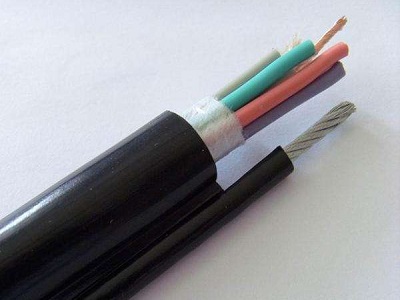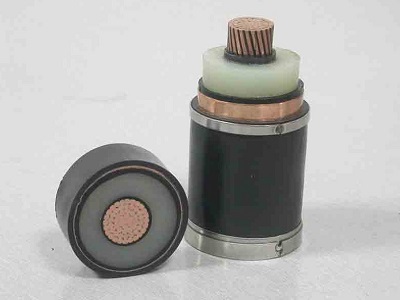
In the power industry, 220 volts and 380 volts are considered to be low voltage, mainly for household electricity. 35,000 volts and above are high voltage, mainly used for power transmission. In between, it is medium voltage. And it is extremely dangerous to touch high-voltage power lines or to carry out live work under the lines.
Thickness of Copper Tape
The nominal thickness of copper tape for shielding single-core cable shall not be less than 0.12mm. The copper wire shielding layer is composed of loosely wound soft copper wires whose surfaces are tightly bound with reverse-wound copper wires or copper tapes.
The average gap between adjacent copper wires is not more than 4mm. The shielding method of copper wire and copper tape winding can structurally improve the shortcomings of the copper tape winding shielding method.
There is neither an oxide layer produced by overlapping copper strips, nor strong bending and hot and cold deformation, and the copper strip winding is not easy to be arched and embedded in the insulating shielding layer.
Cross-section of the Metal Shield

The cross-section of the metal shield directly affects the ability of the cable to withstand short-circuit current in the event of a fault.
If the cross section is too small, the short circuit current can overheat or burn the insulation. Yog li ntawd, it is necessary to determine the cross-section of the metal shield according to the fault current capacity. In cables of 10kV and below, when the conductor cross-section exceeds 500, try to use copper wire shielding. If you insist on shielding with copper tape, you need to thicken the thickness of the copper tape.
Depending on the cable laying situation, if it needs to carry a large short-circuit niaj hnub, it is recommended to use copper wire shielding. Yog li ntawd, the difference between copper tape shielding and copper wire shielding is the ability to carry short-circuit current. The copper wire is slightly larger (also depends on the effect of the copper wire). Copper tape has a uniform magnetic field and shielding effect.
Hope this article was helpful. Any question about cable products, please contact us.



